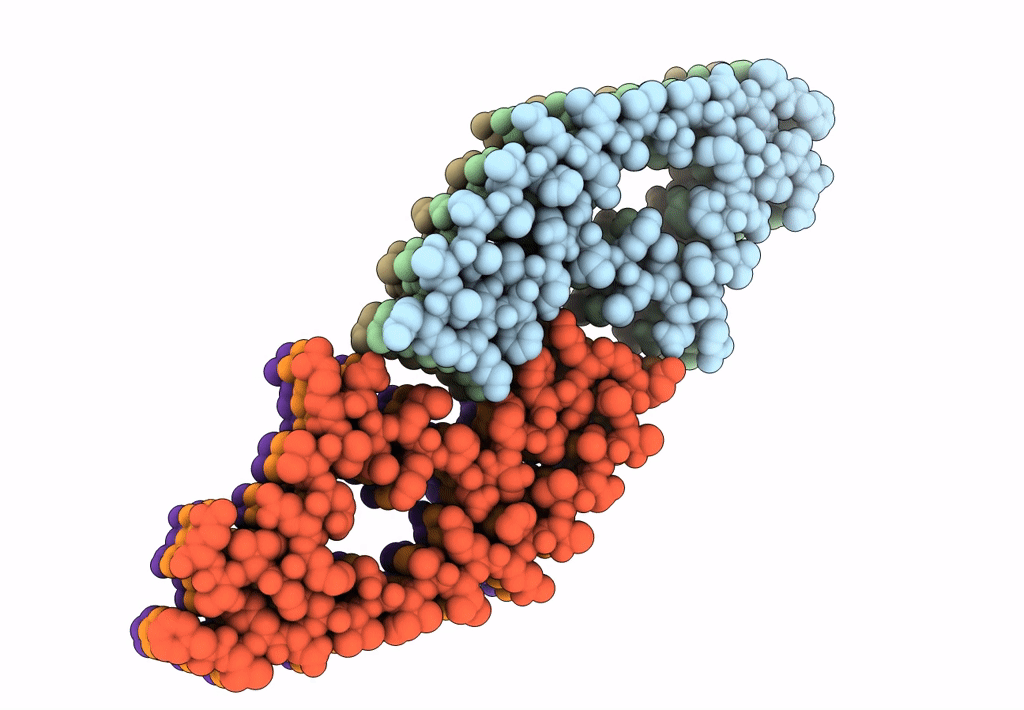
Deposition Date
2021-01-18
Release Date
2021-10-13
Last Version Date
2024-11-13
Entry Detail
PDB ID:
7DWV
Keywords:
Title:
Cryo-EM structure of amyloid fibril formed by familial prion disease-related mutation E196K
Biological Source:
Source Organism:
Homo sapiens (Taxon ID: 9606)
Host Organism:
Method Details:
Experimental Method:
Resolution:
3.07 Å
Aggregation State:
HELICAL ARRAY
Reconstruction Method:
HELICAL


